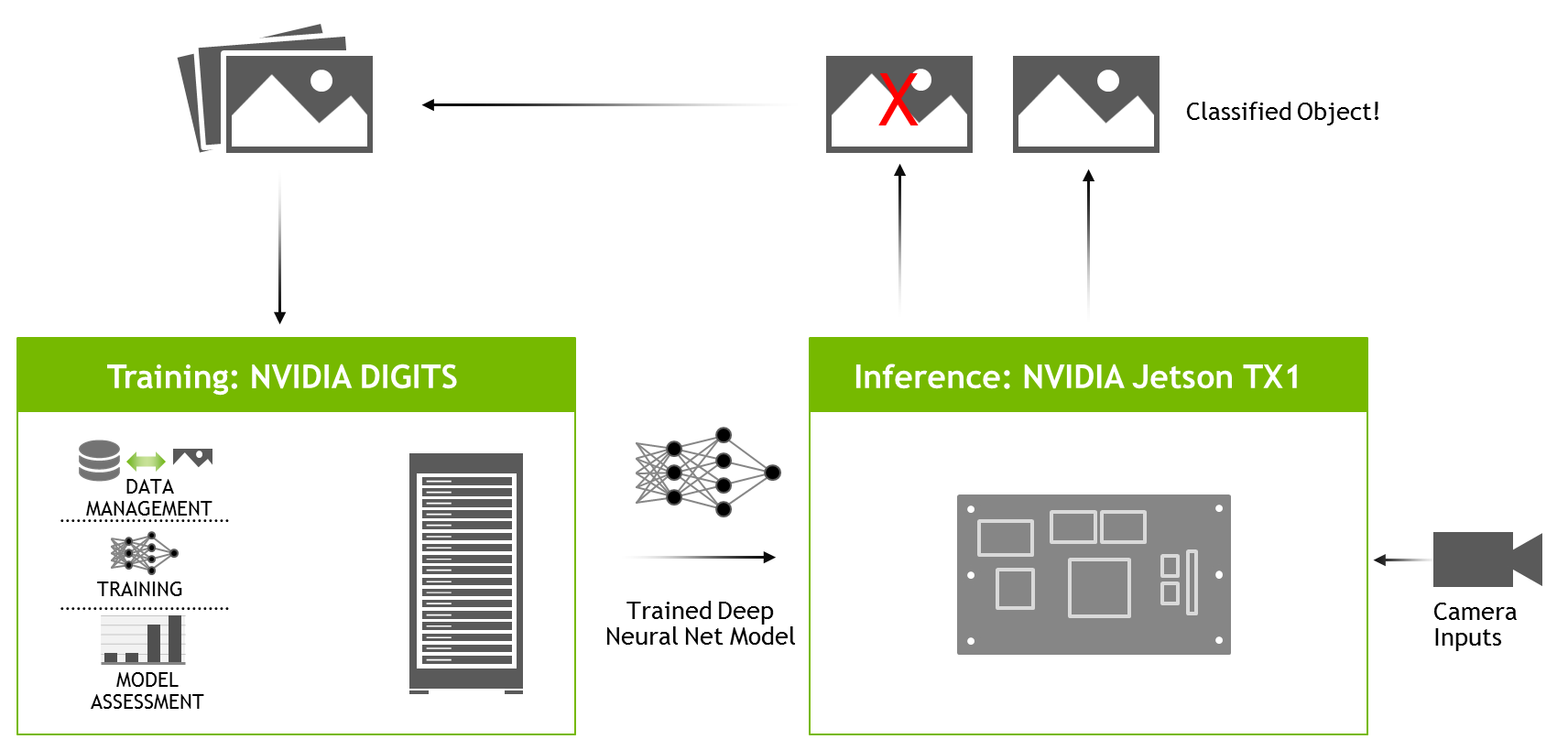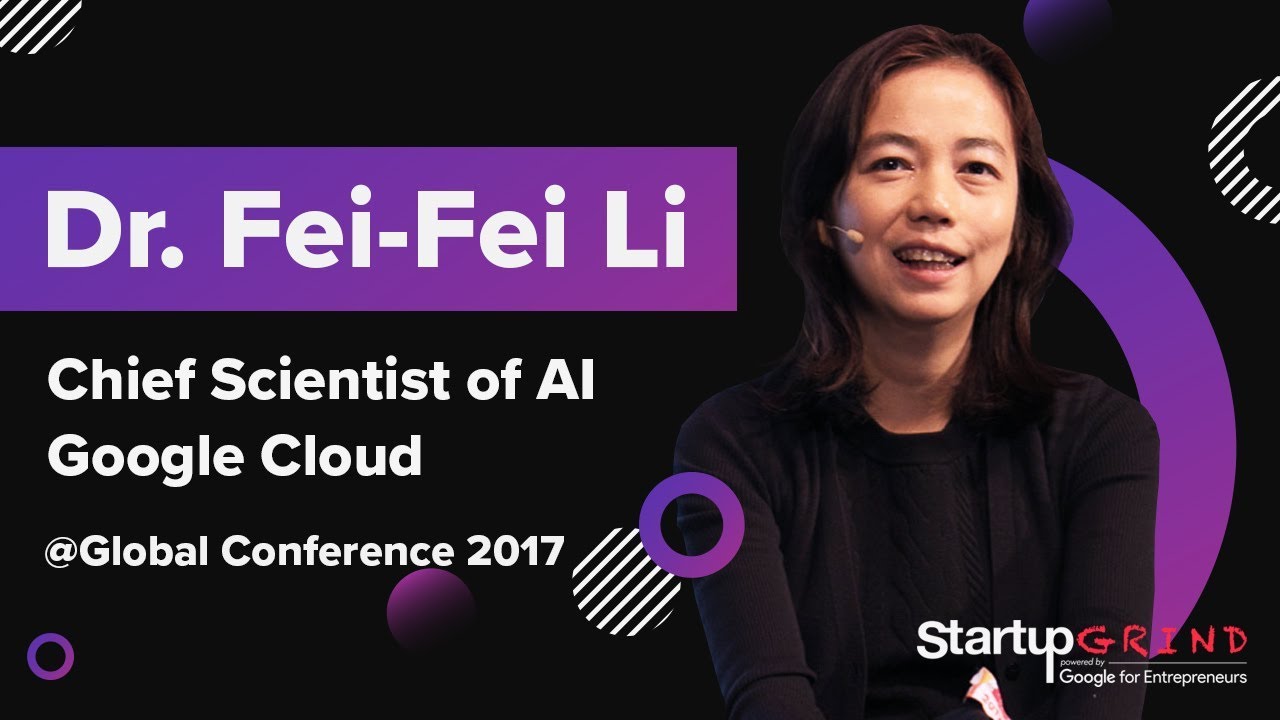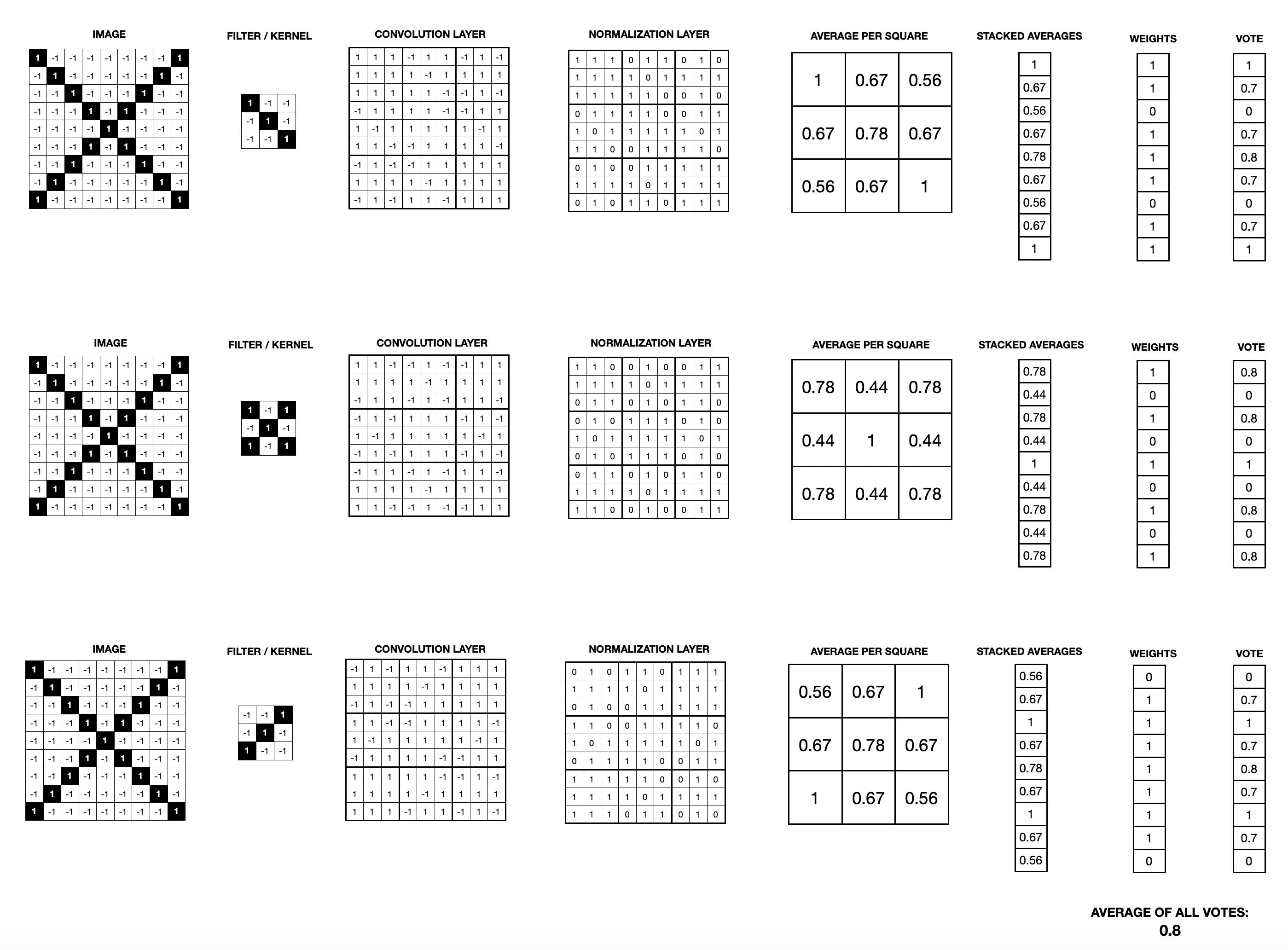
Fei Fei Li, a computer scientist and co-director of Stanford’s Vision and Learning Lab and Sequoia Capital professor of Computer Science is Fei Fei Li. Her research focuses on machine learning and computer vision. She is a National Academy of Engineering member and the National Academy of Medicine. In addition, Li co-directs the Stanford Institute for Human-Centered Artificial Intelligence.
ImageNet
Fei-Fei Li is the author of more than 200 articles and research papers at top journals and conferences. ImageNet is the largest database for visual recognition in the world. ImageNet is an essential benchmark for artificial intelligence research. This database contains images of real objects and abstract ideas. Her work has had a profound impact on computer vision. This video will explain ImageNet's workings.

AI4ALL
Professor FeiFei Li, who is the co-founder of AI4ALL, is the chief technologist and is a member of AI4ALL's National Academy of Engineering, Medicine, & the Council on Foreign Relations. A Stanford Professor, he also served as a Google Vice president and Chief Scientist for AI/ML. Li was an assistant professor in Princeton University before joining Google. He also taught at Stanford. In 2009, Li co-founded ImageNet. Later, AI4ALL was founded.
National Academy of Engineering
Membership in The National Academy of Engineering is among the most prestigious honours in the engineering field. This honor is granted to members who have made important contributions to science, technology, and engineering. Recently, the honor was given to Stanford University professors in computer science and engineering. Their recent accomplishments include single-cell genomics and super-resolution imaging technology. The Stanford computer scientist Wang Jianwei as well as Zhuang Ziaowei (Harvard University Physics Professor) are other recent additions.
National Academy of Medicine
The National Academy of Medicine (American nonprofit, non-governmental organisation) is an American nonprofit. It was previously known as the Institute of Medicine until 2015. Its mission is to improve the health care system and foster a better understanding about the medical profession. It is responsible for the publication of the journal Science and the development of several guidelines and standards for medical care. It also publishes research reports and books.

SAILORS
SAILORS was founded in 2009 by four young girls who were passionately involved with AI. The program has a unique design and is a great way to introduce girls to AI. Its mission: To make AI inclusive and diverse. The program is supported in part by Jensen Huang’s Y Combinator and Melinda Gates’ Pivotal Ventures. It also includes rigorous quantitative evaluation. Curriculum chairs received feedback from girls and will monitor the program.
FAQ
What is the latest AI invention?
Deep Learning is the latest AI invention. Deep learning, a form of artificial intelligence, uses neural networks (a type machine learning) for tasks like image recognition, speech recognition and language translation. Google invented it in 2012.
Google's most recent use of deep learning was to create a program that could write its own code. This was achieved by a neural network called Google Brain, which was trained using large amounts of data obtained from YouTube videos.
This allowed the system to learn how to write programs for itself.
IBM announced in 2015 they had created a computer program that could create music. Also, neural networks can be used to create music. These networks are also known as NN-FM (neural networks to music).
What are the benefits of AI?
Artificial Intelligence, a rapidly developing technology, could transform the way we live our lives. Artificial Intelligence is already changing the way that healthcare and finance are run. It's also predicted to have profound impact on education and government services by 2020.
AI has already been used to solve problems in medicine, transport, energy, security and manufacturing. The possibilities for AI applications will only increase as there are more of them.
What is the secret to its uniqueness? It learns. Computers learn independently of humans. They simply observe the patterns of the world around them and apply these skills as needed.
AI is distinguished from other types of software by its ability to quickly learn. Computers can quickly read millions of pages each second. They can instantly translate foreign languages and recognize faces.
Artificial intelligence doesn't need to be manipulated by humans, so it can do tasks much faster than human beings. It can even outperform humans in certain situations.
In 2017, researchers created a chatbot called Eugene Goostman. Numerous people were fooled by the bot into believing that it was Vladimir Putin.
This shows how AI can be persuasive. Another benefit is AI's ability adapt. It can be easily trained to perform new tasks efficiently and effectively.
This means businesses don't need large investments in expensive IT infrastructures or to hire large numbers.
What do you think AI will do for your job?
AI will eliminate certain jobs. This includes drivers, taxi drivers as well as cashiers and workers in fast food restaurants.
AI will create new jobs. This includes jobs like data scientists, business analysts, project managers, product designers, and marketing specialists.
AI will make current jobs easier. This includes doctors, lawyers, accountants, teachers, nurses and engineers.
AI will improve efficiency in existing jobs. This applies to salespeople, customer service representatives, call center agents, and other jobs.
Statistics
- According to the company's website, more than 800 financial firms use AlphaSense, including some Fortune 500 corporations. (builtin.com)
- While all of it is still what seems like a far way off, the future of this technology presents a Catch-22, able to solve the world's problems and likely to power all the A.I. systems on earth, but also incredibly dangerous in the wrong hands. (forbes.com)
- The company's AI team trained an image recognition model to 85 percent accuracy using billions of public Instagram photos tagged with hashtags. (builtin.com)
- That's as many of us that have been in that AI space would say, it's about 70 or 80 percent of the work. (finra.org)
- A 2021 Pew Research survey revealed that 37 percent of respondents who are more concerned than excited about AI had concerns including job loss, privacy, and AI's potential to “surpass human skills.” (builtin.com)
External Links
How To
How do I start using AI?
One way to use artificial intelligence is by creating an algorithm that learns from its mistakes. You can then use this learning to improve on future decisions.
You could, for example, add a feature that suggests words to complete your sentence if you are writing a text message. It would analyze your past messages to suggest similar phrases that you could choose from.
However, it is necessary to train the system to understand what you are trying to communicate.
Chatbots are also available to answer questions. One example is asking "What time does my flight leave?" The bot will respond, "The next one departs at 8 AM."
Our guide will show you how to get started in machine learning.